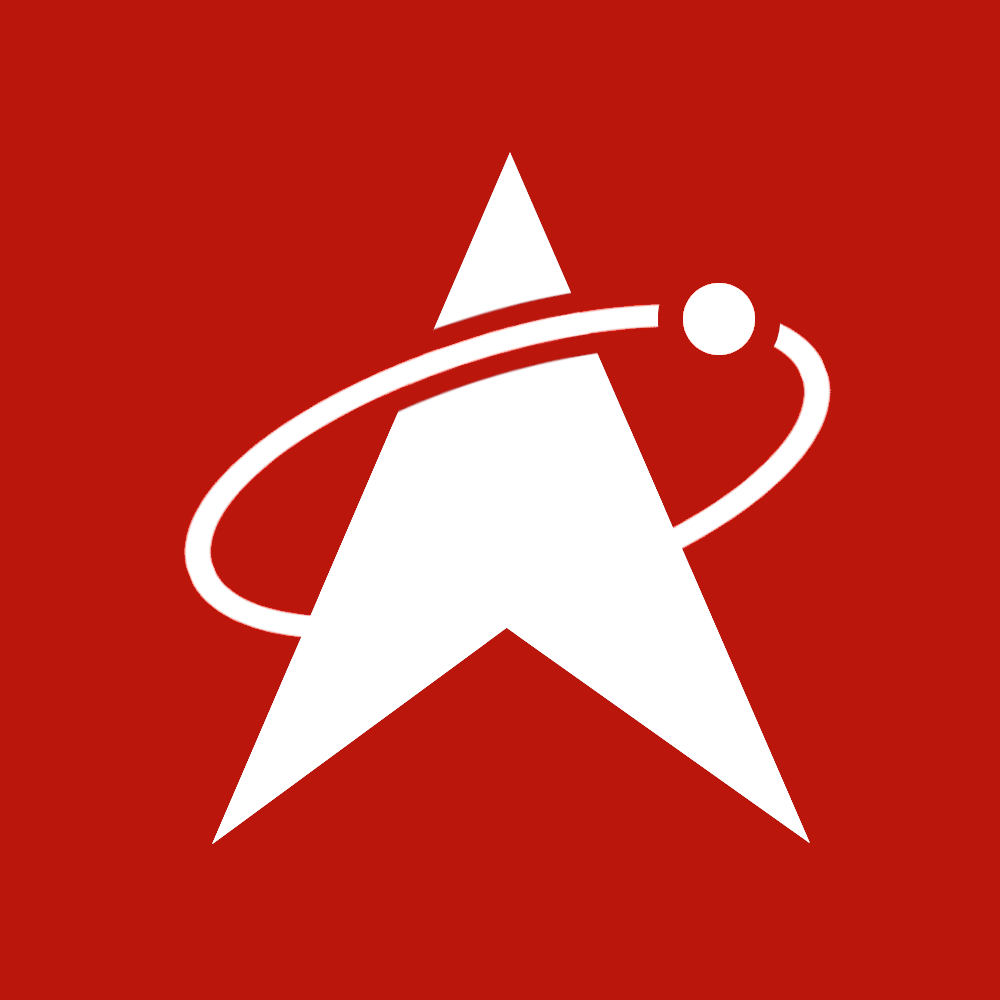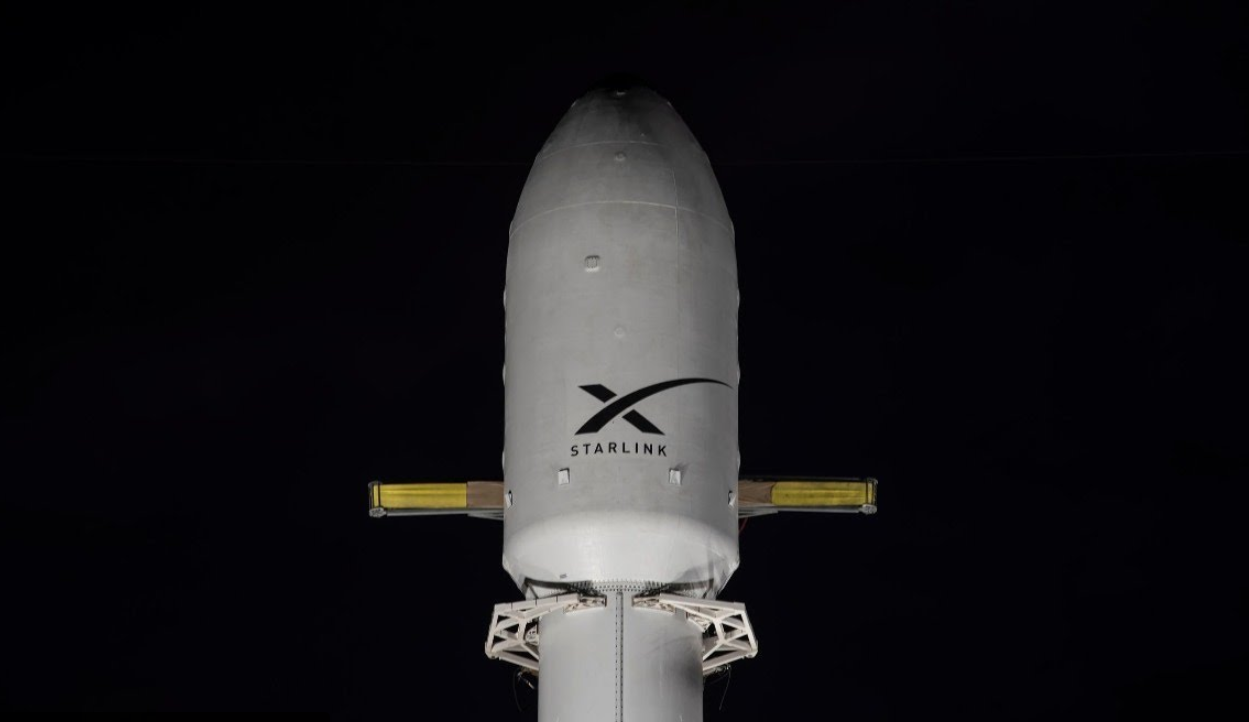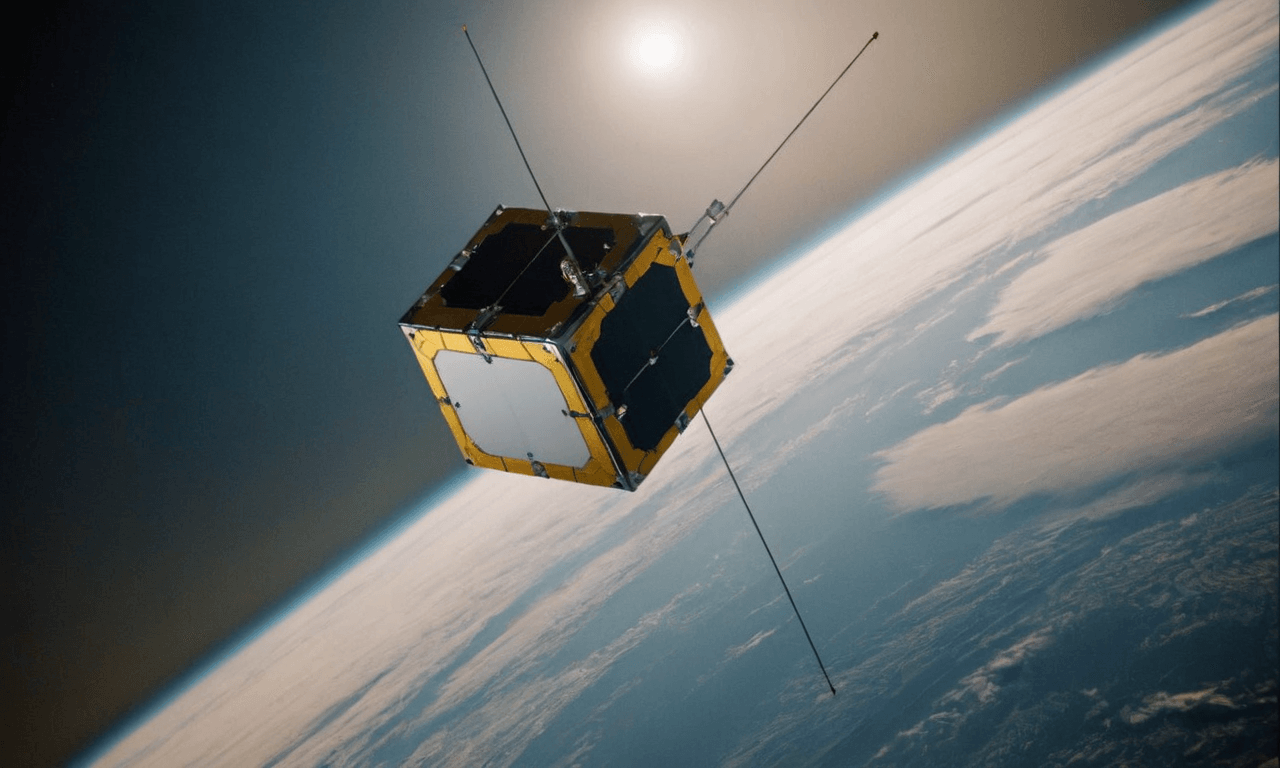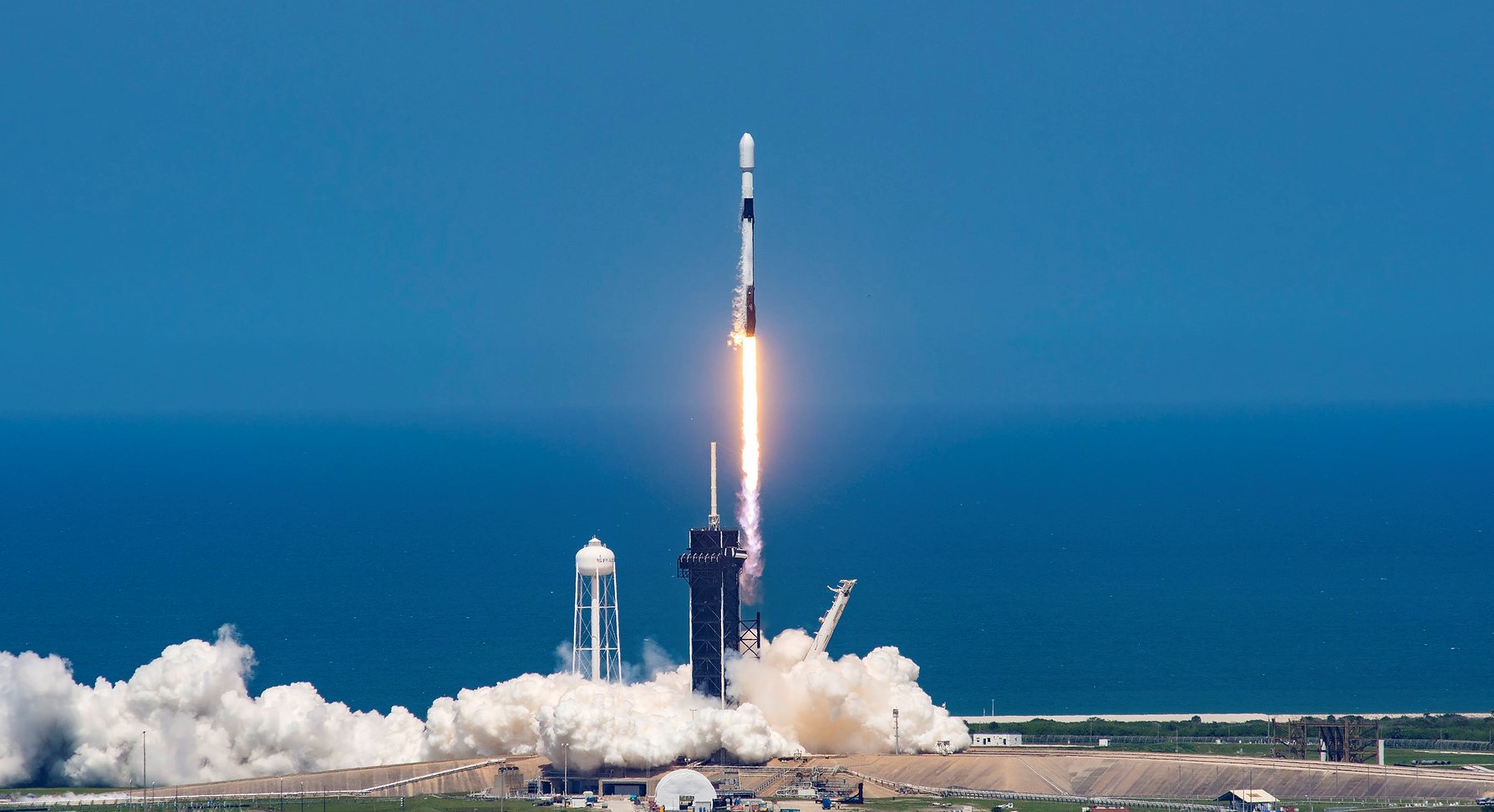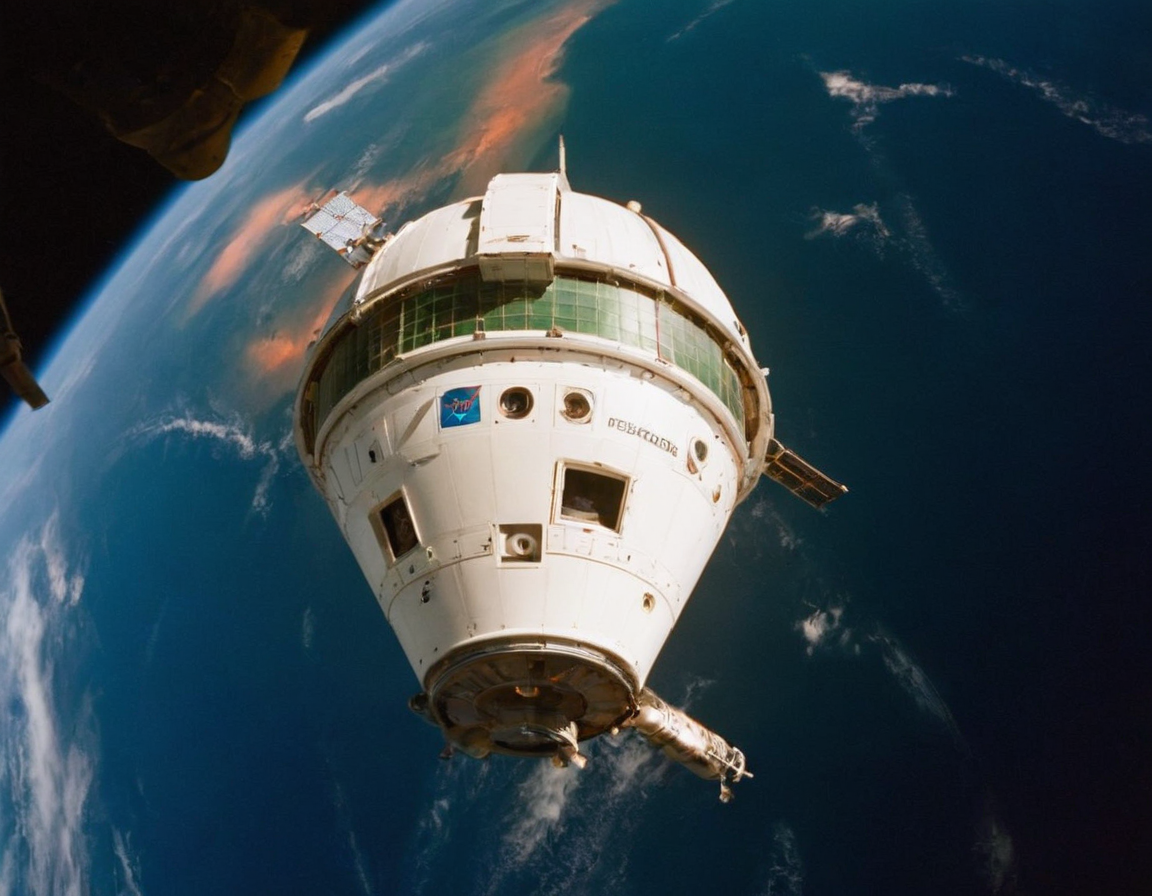· space brief · 5 min read
Space Brief 1 Nov 2024
Today's update highlights Boeing's challenges with the Starliner, Europe's IRIS2 constellation advancement, China's CAS Space's global ambitions, and vivid new telescope images of cosmic events.
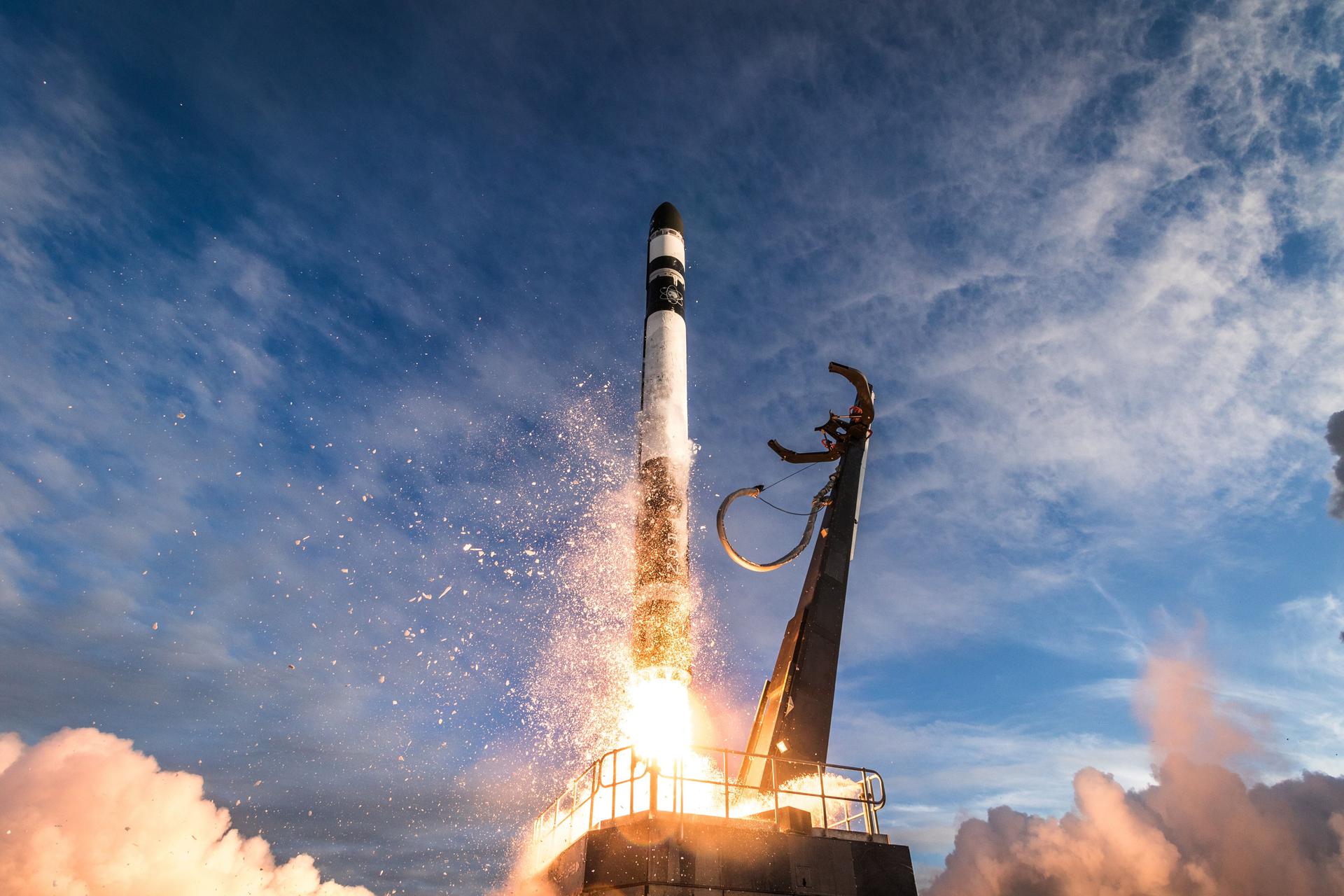
📄Top Stories
Boeing’s Starliner program hits another roadblock as NASA opts for SpaceX’s Crew Dragon to rescue stranded ISS astronauts. The European Commission pushes forward with its sovereign broadband constellation effort, and China’s CAS Space seeks international growth. Meanwhile, new stunning images from space telescopes reveal celestial wonders, including a pair of colliding galaxies.
📰Detailed Coverage
Boeing Faces Starliner Challenges
NASA has tasked SpaceX’s Crew Dragon with returning astronauts stranded on the International Space Station (ISS) due to issues with Boeing’s Starliner spacecraft, marking another setback for Boeing. The Starliner experienced engine malfunctions and helium leakage, raising safety concerns. This event underscores the broader challenges Boeing faces in recovering its reputation and performance in the aerospace industry, as it continues to grapple with legacy issues from its 737 Max program.
Despite the setbacks, NASA sustains support for Boeing’s efforts within its Commercial Crew Program, emphasizing the need for diverse suppliers for astronaut transport. The recent challenges with the Starliner highlight the competition between Boeing and SpaceX, illustrating the latter’s adeptness in agile development and operational efficiency.
Read the full story: Space.com
Europe Advances Sovereign Broadband Constellation
The European Commission has officially accepted a final offer from the SpaceRISE consortium, including SES, Eutelsat, and Hispasat, to develop the IRIS2 satellite communications constellation. This initiative aims to provide resilient, secure communication services across Europe, aiding in reducing dependencies on non-EU providers and improving digital sovereignty.
The IRIS2 constellation is expected to significantly contribute to Europe’s strategic autonomy in satellite communications, ensuring secure data links for governmental and commercial applications. This constellation will enhance capabilities in various sectors, including defense, by providing comprehensive coverages and connectivity solutions.
Read the full story: SpaceNews
CAS Space Pursues International Markets
China’s CAS Space, a spinoff from the Chinese Academy of Sciences, is striving to expand its presence in international markets. This move is part of a strategic approach to secure long-term growth in the competitive commercial launch industry. CAS Space’s ambition to enter the global market represents China’s push to position itself as a key player in the commercial space sector.
By expanding internationally, CAS Space aims to diversify its client base and foster collaborations that could leverage its technological prowess in space launch vehicles. This strategic direction underscores a broader trend of emerging space companies breaking out of domestic markets to tap into a growing global demand for diversified launch services.
Read the full story: SpaceNews
Spectacular Celestial Images from Space Telescopes
The Hubble and James Webb Space Telescopes have unveiled breathtaking images of two galaxies in the throes of a cosmic collision, drawing viewers in with their eerie, bloodred glow. These images capture the dynamic and violent interaction of galaxies IC 2163 and NGC 2207, approximately 80 million light-years away, currently merging in the constellation Canis Major.
The observations provide insights into galactic dynamics, including star formation and the structural evolution of galaxies over time. These findings contribute significantly to our understanding of cosmic events and the universe’s expansive beauty.
Read the full story: Space.com
NASA’s Collaboration with ESA on Hyperspectral Photography
ESA’s Hera spacecraft captured ‘hyperspectral’ images of Earth on its mission to study a binary asteroid system. Using the HyperScout H imager, these images, taken from 1.25 million miles away, reveal detailed cloud patterns on Earth in multiple light wavelengths.
This imagery aids scientific understanding of Earth’s atmospheric processes and serves as a calibration test for Hera’s capabilities. Similar technological applications can be seen on our web app, allowing users to track and analyze Earth-observing satellites in real-time.
Read the full story: Space.com
🛰️Satellite Spotlight
- Satellite Name: EXPRESS AM-3
- NORAD ID: 28707
- Launch Date: 2005-06-24
- Mission: Broadcasting video and radio transmissions across Russia with services in C-band, Ku-band, and L-band.
- Orbit: Inclination 5.8017°, Period 1454.5043 min, Eccentricity 0.0006018
- Operator: Satellite Communications Co.
- Fun Fact: This satellite supports communications over a vast area of Russia, enhancing broadcast capabilities and regional connectivity.
Current TLE Data:
1 28707U 05023A 24305.80535584 -.00000188 00000-0 00000+0 0 99993
2 28707 5.8017 74.8255 0006018 172.7058 73.5460 0.99002797 70761
Track this satellite in real-time on our web app: Track EXPRESS AM-3
🚀Upcoming Space Launches
November 3
- SpaceX Falcon 9:
- Starlink Group 6-77 from Cape Canaveral (21:57 UTC) A batch of satellites for the Starlink mega-constellation—SpaceX’s project for space-based Internet communication system.
November 4
Mitsubishi Heavy Industries H3-22:
- DSN 3 (Kirameki 3) from Tanegashima Space Center, Japan (06:48 UTC) A geostationary communications satellite for military communications by the Japanese military.
Rocket Lab Electron:
- Changes In Latitudes, Changes In Attitudes from Rocket Lab Launch Complex 1, Mahia Peninsula, New Zealand (10:30 UTC) Launch of a yet-to-be-identified satellite for an undisclosed customer, suspected to be E-Space for their Low Earth Orbit communication satellite constellation.
Russian Federal Space Agency (ROSCOSMOS) Soyuz 2.1b/Fregat-M:
- Ionosfera-M 1 & 2 from Vostochny Cosmodrome, Siberia, Russian Federation (23:18 UTC) Constellation of ionospheric and magnetospheric research satellites for the Ionozond project by Roscosmos.
November 5
SpaceX Falcon 9:
- Dragon CRS-2 SpX-31 from Kennedy Space Center (02:29 UTC) 31st commercial resupply services mission to the International Space Station, under NASA’s second Commercial Resupply Services contract.
SpaceX Falcon 9:
- Starlink Group 9-10 from Vandenberg SFB, CA, USA (07:46 UTC) Additional batch of satellites for the Starlink mega-constellation.
November 21
- Russian Federal Space Agency (ROSCOSMOS) Soyuz 2.1a:
- Progress MS-29 (90P) from Baikonur Cosmodrome, Republic of Kazakhstan (12:22 UTC) Progress resupply mission to the International Space Station.
November 30
Russian Federal Space Agency (ROSCOSMOS) Soyuz 2.1a/Fregat-M:
- Kondor-FKA No.2 from Vostochny Cosmodrome, Siberia, Russian Federation (00:00 UTC) A civilian radar Earth observation satellite with synthetic aperture radar capabilities.
Galactic Energy Ceres-1:
- Unknown Payload from Jiuquan Satellite Launch Center, People’s Republic of China (00:00 UTC)
Rocket Lab Electron:
- BlackSky Gen-3 1 from Rocket Lab Launch Complex 1, Mahia Peninsula, New Zealand (00:00 UTC) BlackSky Gen-3 Earth-imaging satellite.
Note: Launch dates and times are subject to change due to technical or weather considerations.

